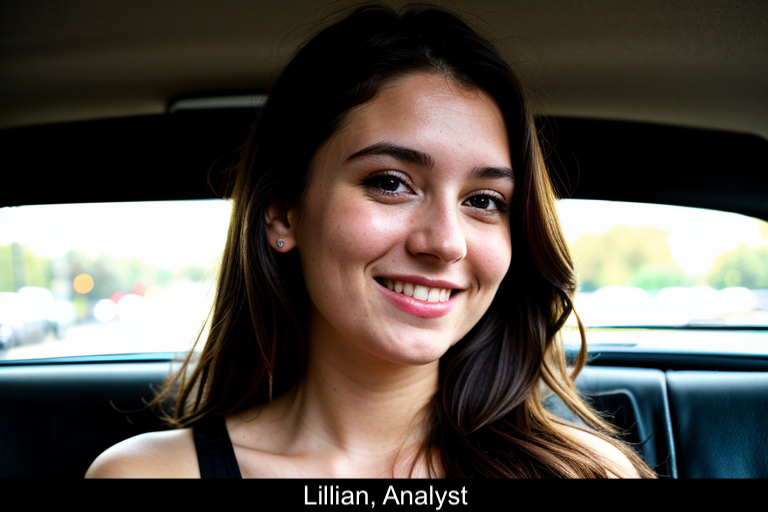Google recently released a video showcasing the capabilities of its artificial intelligence (AI) model, called Gemini. The video received a lot of attention, amassing 1.6 million views on YouTube. However, upon closer inspection, it was revealed that the video was edited to make the AI appear more advanced than it actually is. While Google admits to speeding up responses for the sake of the demo, they also confirm that the AI was not responding to voice or video at all.
In the video, a person asks a series of questions to the AI while showing objects on the screen. For example, they hold up a rubber duck and ask if it will float. Initially, the AI is unsure about the material of the duck, but after the person squeezes it and remarks on the resulting squeaking sound, the AI correctly identifies the object. However, it turns out that the AI was not actually responding to the video prompt. Instead, it was shown a still image of the duck and asked about its material. It was then fed a text prompt explaining the squeaking noise, leading to the correct identification.
Another impressive moment in the video is when the person performs a cups and balls routine, and the AI is able to determine where the ball moved to. However, this feat was also achieved through showing the AI a series of still images, rather than an actual video. Google explains that they captured footage from the video to test Gemini’s capabilities, but sequences were shortened and stills were used in the demo.
Furthermore, the video suggests that the AI invents a game called “guess the country” based on a world map. However, Google clarifies that the AI was given specific instructions and examples to generate clues and identify correct guesses from stills of a map. Therefore, the AI did not actually invent the game as presented in the video.
While Google’s AI model is undoubtedly impressive, these revelations raise questions about the misleading presentation in the demo video. It is important for companies to be transparent about the capabilities of their AI models and avoid exaggerating their functionalities.
This incident also highlights the competition in the AI space, particularly between Google and OpenAI. Just two weeks prior to the video’s release, OpenAI’s CEO, Sam Altman, faced controversy and subsequent rehiring. It is unclear which AI model is more advanced, but Google may be trying to catch up with OpenAI’s developments.
The use of still images and text-based prompts in Google’s demo video also raises comparisons to OpenAI’s GPT-4. Both models exhibit similar capabilities, although further research and testing would be necessary to determine their true advancements.
Moving forward, it is crucial for companies to provide accurate and transparent demonstrations of their AI models. Users and developers need to have realistic expectations about the capabilities of these technologies to ensure responsible and ethical implementation.




